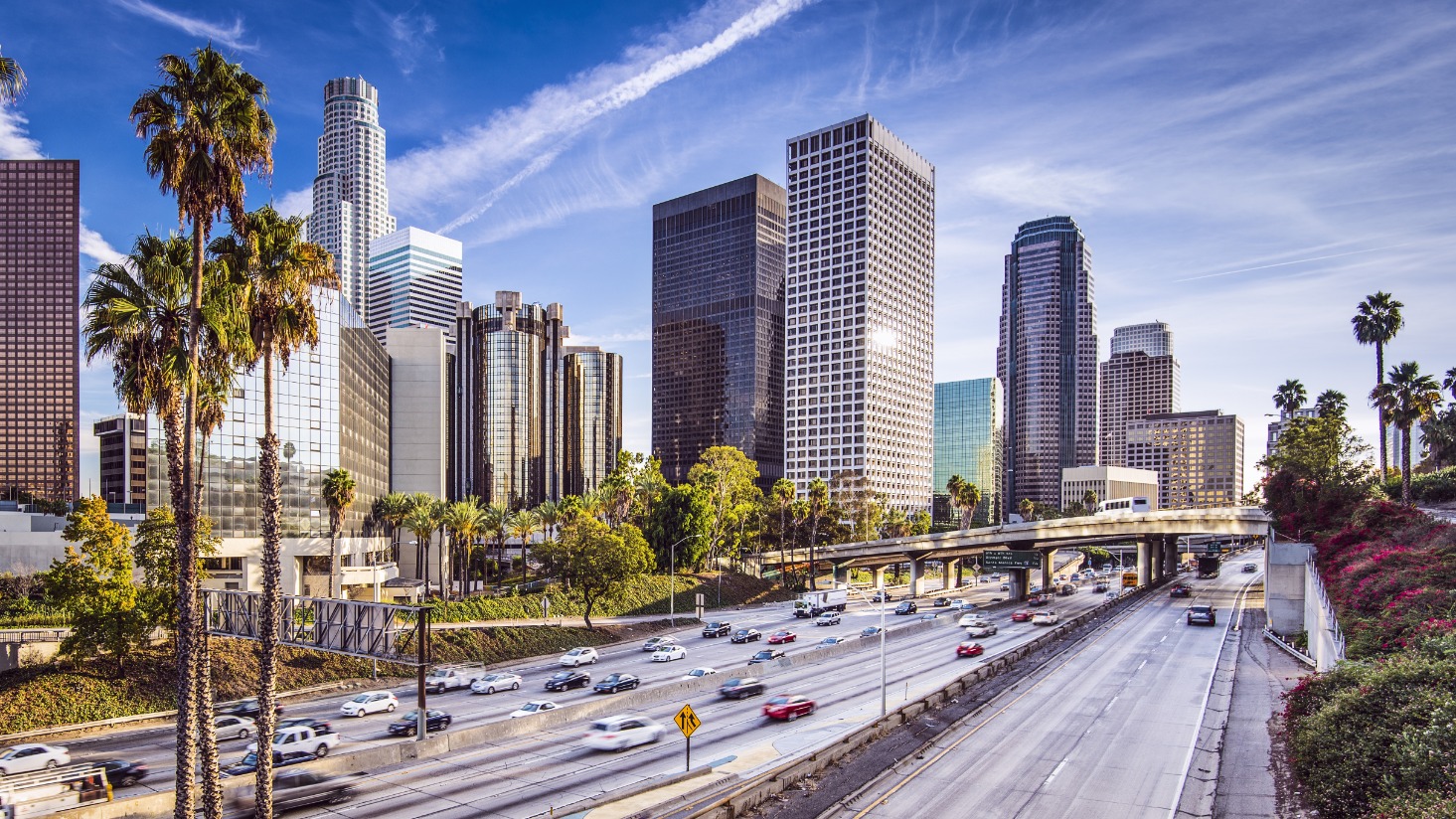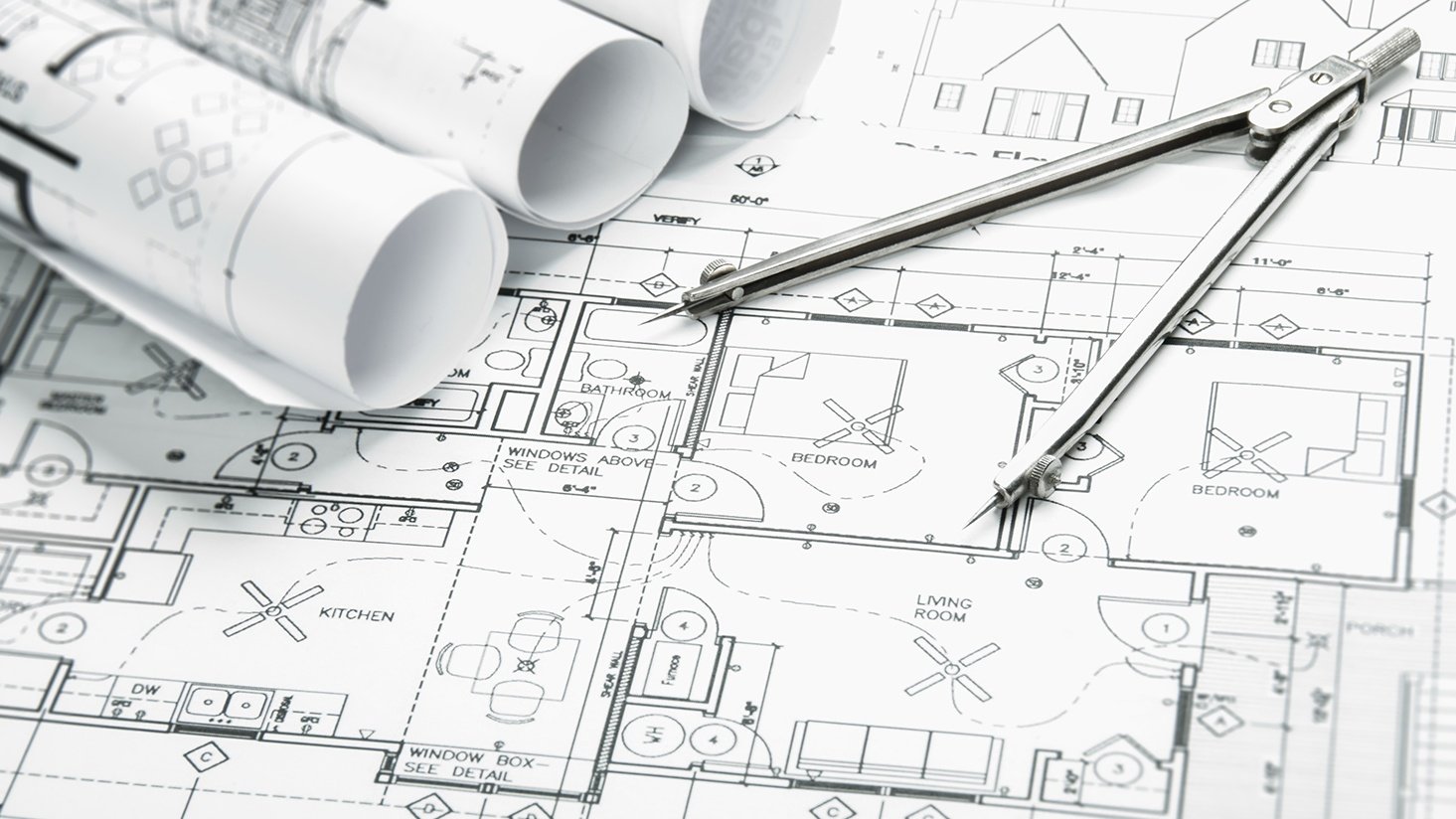What is Title 24 and how do you make sure your lighting complies with it?

California's Energy Code, commonly known as Title 24, has been in place for decades, but we still answer questions on the topic almost every single day. Just what is it and what kind of effect does it have on your lighting?
As it's published in Section 6 of the California Code of Regulations, Title 24 is a broad set of requirements for “energy conservation, green design, construction and maintenance, fire and life safety, and accessibility” that apply to the “structural, mechanical, electrical, and plumbing systems” in a building. The code applies to all buildings in California, not just state-owned buildings.
California updates its energy code every three years. Construction projects with permit applications applied for on or after January 1, 2023 must follow the 2022 Energy Code. If a permit is applied for before then, buildings follow the 2019 Building Efficiency Standards.
The 2022 Energy Code encourages efficient electric heat pumps, establishes electric-ready requirements for new homes, expands solar photovoltaic and battery storage standards, strengthens ventilation standards, and more.
Even if you don't live in California, it's important to stay up to date on Title 24. In recent years, legislatures outside of California have begun to put similar sets of code into place in their respective areas, especially when it comes to lighting.
Because Title 24 and similar codes can significantly affect lighting and lighting controls, we dove headfirst into the code years ago to better understand its repercussions and help clients achieve success in their projects.
We break down what you need to know about the code and how you can make sure your lighting is compliant.
Do Title 24 Standards apply to my building project?
Note: This post will focus on how Title 24 affects commercial lighting applications, according to the 2019 Standards.
In California, Title 24 is triggered whenever a building permit is pulled. So, if you pulled a permit, you need your plans reviewed or building inspected. All new construction projects require compliance with Title 24, as do new additions.
Retrofits – or "alterations" or "modifications in place" under the code – usually require code compliance. If you complete work in a space that qualifies as a “luminaire alteration” – converting 10 percent or more of your fixtures or 40+ total fixtures – you will have to ensure that the watts or lighting per square foot and the lighting controls in the space meet current Title 24 requirements. General repairs to your lighting, meanwhile, very rarely trigger Title 24.
What specific things will an acceptance test technician look for when determining compliance? As always, the final decision ultimately comes down to the local municipality and building inspectors, and sometimes even careful compliance with the standards of the code will fall short of additional local requirements.
Here are the main areas to look for when you're working toward Title 24 compliance with your lighting:
1. Wattage compliance and lighting controls
Because Title 24 is focused on saving energy across the state of California, most of the regulations related to lighting are in place to cut down on usage. Two ways to reduce energy usage are to lower wattage and install lighting controls. In many commercial spaces, lighting controls are a requirement.
For more, see: Sections 110.9 and 130.1
2. Daylighting requirements
Most buildings that have skylit and sidelit zones must have daylighting controls in order to achieve Title 24 compliance. Daylighting systems must be approved by acceptance test technicians. Controls that automatically adjust the power of installed lighting to stabilize light levels are also required.
For more, see: Sections 110.9(a), 110.9(b), 130.1(c), 130.2(c), 130.5(d), 140.6(a), 141.0(b), and 150.0(k) or Tables 140.6-A, 141.0-E, and 141.0-F.
3. Demand response requirements
If your building is larger than 10,000 square feet, it will need demand responsive lighting controls that can reduce the lighting load by at least 15 percent upon receiving a utility company signal.
For more, see: Section 110.12
4. Lighting power density (LPD) requirements
Lighting power density (LPD) is a big part of Title 24 lighting compliance in commercial applications. Defined as "the total rated wattage of lighting fixtures used in a building or space per square foot," LPD essentially designates specific wattage allowances to specific spaces throughout a building. There are three main methods for meeting LPD requirements under Title 24: prescriptive, performance, and tailored.
The total allowed indoor lighting power density for the building is the sum of all allowed indoor lighting power densities for all areas in the building.
The most straightforward method for compliance is by using the prescriptive method, which essentially gives baseline wattage requirements per space. The key here is the maximum rated wattage of the fixture, or luminaire, not that of the lamp, or bulb. As a result, the easiest way of meeting Title 24 LPD standards is to use an LED retrofit kit that reduces the maximum rated wattage of the original fixture or an integral LED fixture in your application.
For more, see: Sections 130.1(d-e), 140.3(c), and 140.6(a-c) or Tables 140.6-A, 140.6-B, 140.6-C, and 140.6-G.
5. Occupancy or vacancy sensor requirements
Title 24 requires that either an occupancy or vacancy sensor is used to reduce energy usage in nonresidential buildings. Occupancy sensors must be automatic and programmed to adjust lighting loads in accordance with the activity of a space.
For more, see: Sections 110.9(a), 110.9(b), 110.10(b), 130.1(b), 130.1(d), 140.3(c), 140.6(d), 141.0(b), and 150.0(k) or Tables 141.0-E and 141.0-F.
6. Part-night outdoor control requirements
Outdoor lighting applications like car dealerships may be required by code to have controls that reduce the lighting power by up to 50 percent for a portion of the night.
When daylight is available, all installed outdoor lighting should have automatic shut off capabilities.
For more, see: Sections 110.9(a), 110.9(b), and 130.2(c).
Does Title 24 apply to me?
We created an interactive tool to help you determine whether Title 24 will be triggered by your project. Use the wizard below to see if the most recent version of the code will have an impact on how you go about your project. If you have questions related to Title 24 or lighting in general, please do not hesitate to contact us.










